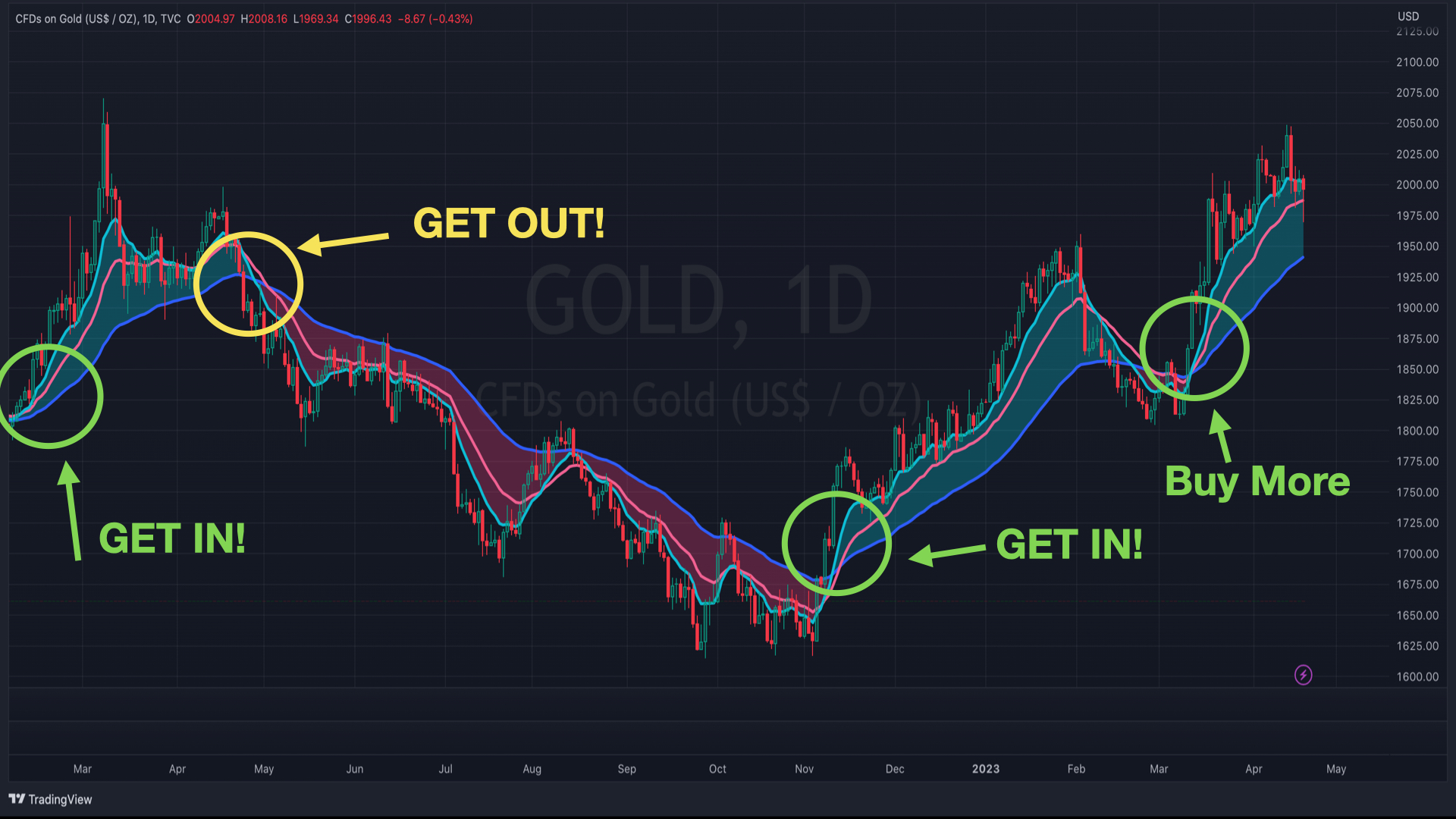The US dollar has been a global currency for decades, but recently its value has been on the decline. This devaluation of the US dollar is due to a variety of economic factors, including monetary policy, rising prices or inflation, and demand for currency. In addition, the US government's decision to print more money has caused other nations to become increasingly frustrated with the US.
Monetary Policy
Monetary policy is one of the primary factors that affects the value of a currency. When a central bank increases or decreases interest rates, it can have an effect on how much people are willing to pay for that currency. If a central bank lowers interest rates, it can lead to an increase in demand for that currency as people are more likely to borrow money at lower rates. On the other hand, if a central bank raises interest rates, it can lead to a decrease in demand for that currency as people are less likely to borrow money at higher rates.
Rising Prices or Inflation
Rising prices or inflation can also affect the value of a currency. When prices rise faster than wages do, it means that people have less purchasing power and therefore less demand for goods and services. This decrease in demand leads to fewer transactions being made using that particular currency and thus its value decreases relative to other currencies.
Demand for Currency
The demand for any given currency is determined by how much people are willing to pay for it relative to other currencies. If there is high demand for a particular currency then its value will be higher relative to other currencies; conversely if there is low demand then its value will be lower relative to other currencies. Factors such as economic stability and political stability can also play a role in determining how much people are willing or able to pay for any given currency.
Printing Money
The US government's decision to print more money has caused several nations around the world to become increasingly frustrated with the US dollar's devaluation. This is because printing more money causes an increase in supply which leads to an overall decrease in value when compared against other currencies with stable supplies such as gold or silver coins. Furthermore, this devaluation can lead countries who depend heavily on exports from America (such as China) into economic turmoil due their goods becoming more expensive when purchased with foreign currencies such as euros or yen due to their increasing strength against the US dollar.
In conclusion, there are many factors that contribute towards the devaluation of any given currency including monetary policy decisions made by central banks, rising prices or inflation levels within an economy, and changes in demand from foreign countries looking buy goods from America with their own stronger currencies such as euros or yen instead of dollars due its decreasing strength against them over time.. As long as these factors remain unchanged then we may continue see further devaluations of our beloved American dollar over time unless something drastic happens soon like major changes in monetary policies or large investments from foreign countries into American businesses and markets which could potentially help reverse this trend we’ve seen over recent years .




